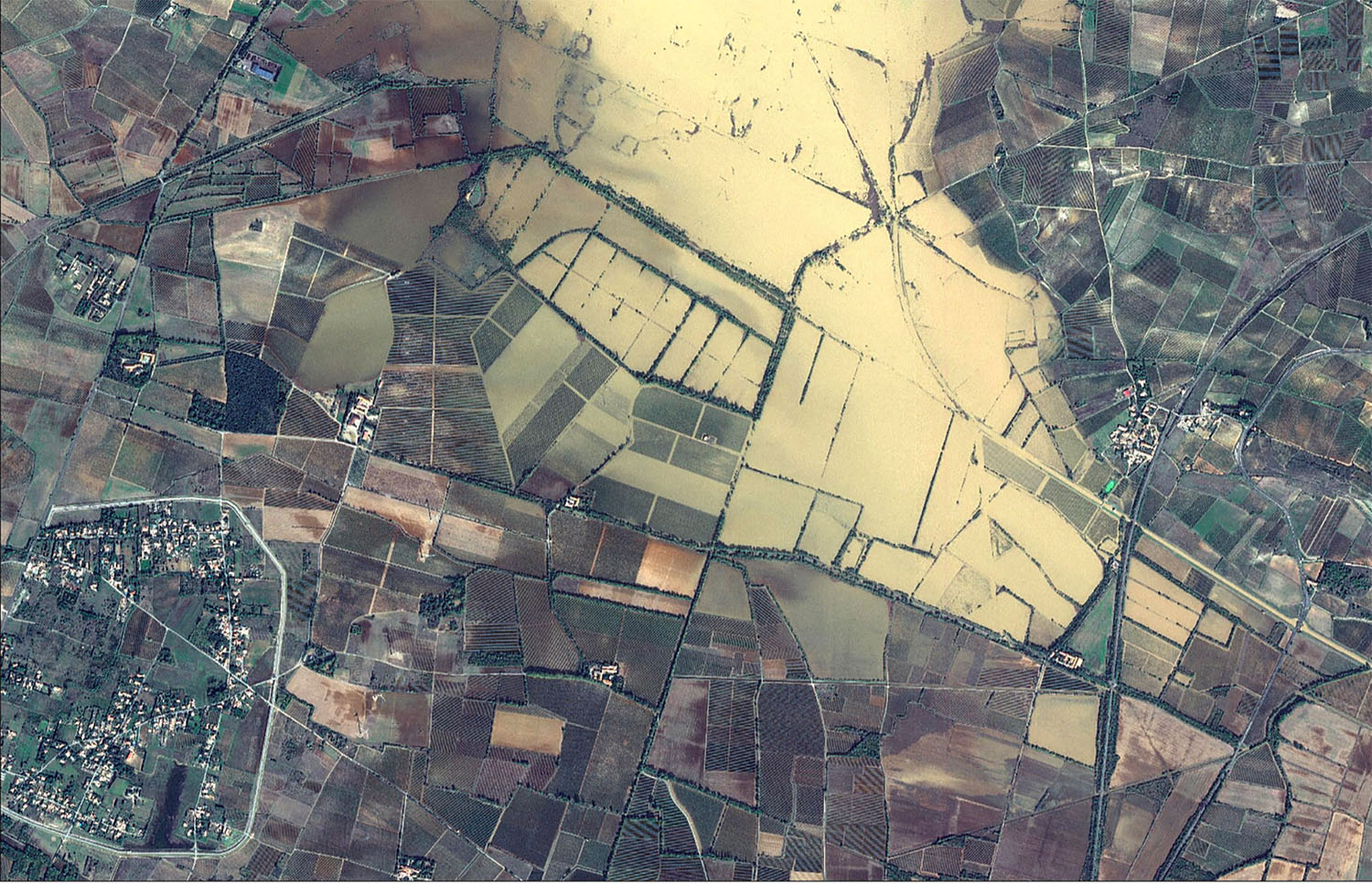Pléiades4UrbanFlood
Contribution of Pleiades to the adaptation of the urban fabric to the flood hazard
OVERVIEW
Flooding phenomena have increased significantly over the last few decades, particularly during exceptional flooding episodes that have affected several European countries, including France. Intense precipitation, linked to climate change, puts urban and highly anthropised environments at greater risk. As a result, climate change is an important issue for territorial management and more particularly for resilient planning in the face of increased flood risk. For this purpose, this project will account for the topography of the artificial and natural objects of this urban mesh by an approximation following the Lindner method.
In this context, responses will be proposed to the two major challenges identified:
- Produce morphology data on the artificial and natural elements of a territory without using stereo but using monoscopic* images, based on texture and shadow analysis;
- To automate as much as possible the production lines of the different parameters, without however trying to abstain from the operator in order to find the right compromise between production cost and reliability.
Methodology
In a first step, the project will propose land cover layers obtained from Pleiades monoscopic* images in order to reduce production costs and to be able to use the existing large image archive databases. The detection and estimation of building and vegetation height will be based on the characterisation of building shadows and image texture via a hybrid approach of deep learning environmental classification from high resolution imagery and will explore a multi-resolution sensor fusion approach with Pleiades and Pleiades Neo data.
In a second step, this land cover layer will be used for a first characterisation of the right-of-way (Dpi) and spacing (Spi) (i.e. parameters of the Lindner formula) of buildings and tall vegetation areas in the hydrodynamic modelling of floods in urban areas. The aim is to study the transferability of these indicators to characteristic obstacles in the urban environment. The level of imperviousnesscould also be extracted from this land cover layer. These three parameters could 1) be used directly as input to hydraulic models for preliminary simulations and thus provide information on the variability of the friction coefficient, 2) define morpho-types of urban blocks that could be transposed to sectors where information on the building grid is missing, and 3) define one or more indicators of areas with a high susceptibility to flood risk in order to produce preliminary maps of flood risk linked to the urban grid.
* Monoscopic imagery offers a single shot of a given landscape while stereoscopic imagery consists, for the same landscape, in generating two images taken with different angles of view in order to reconstruct the 3rd dimension (height).
Application site(s)
Montpellier Metropole, France
DATA
Satellite
- Pleiades
- Pleiades Neo
RESULTS – FINAL PRODUCTS
- Land cover maps produced from Pleiades monoscopic* images;
- Parameters derived from the Lindner formula and waterproofing;
- Definition of morpho-types of city blocks;
- Indicators of areas of high susceptibility to flood risk due to urban grid.
References
 |
Pléiades4UrbanFlood on GEO Knowledge Hub, a long lasting digital repository created by the Group on Earth Observations: https://doi.org/10.60566/gxa8d-t6t06 |
- Bertola, M. et al. 2020. Flood trends in Europe: are changes in small and big floods different? Hydrology and Earth System Sciences 24, 1805–1822.
- Bevacqua, E. et al. 2019. Higher probability of compound flooding from precipitation and storm surge in Europe under anthropogenic climate change. Science Advances 5.
- Nair, V. et al. 2019. Shadow detection and removal from images using machine learning and morphological operations. The Journal of Engineering 1, 11-18.
- Robinson, C. et al. 2020. Large scale high-resolution land cover mapping with multi-resolution data. Proceedings of the IEEE/CVF Conference on Computer Vision and Pattern Recognition.
- Sameen, M. I. et al. 2018. Classification of Very High Resolution Aerial Photos Using Spectral-Spatial Convolutional Neural Networks. Journal of Sensors 2018.
- Tabari, H. 2020. Climate change impact on flood and extreme precipitation increases with water availability. Scientific Reports 10, 13768.
- Wang, Y et al. 2018. An integrated framework for high-resolution urban flood modelling considering multiple information sources and urban features. Environmental Modelling & Software 107, 85-95.
Project news
- 19/05/2025: P4UF, a pioneering flood risk assessment project (first results)
- April 1erand 2, 2025: Presentation at the 5th edition of the TEMU (Remote Sensing for Urban Environment Studies) scientific workshop organised by Data Terra
- 19/12/2024: Presentation of the P4UF project and its progress at the 15th SCO France Quarterly Meeting "Making the most of high-resolution imaging in the city: flooding and heat islands"
- 11/03/2024: Pléiades 4 Urban Flood: start-up in situ







